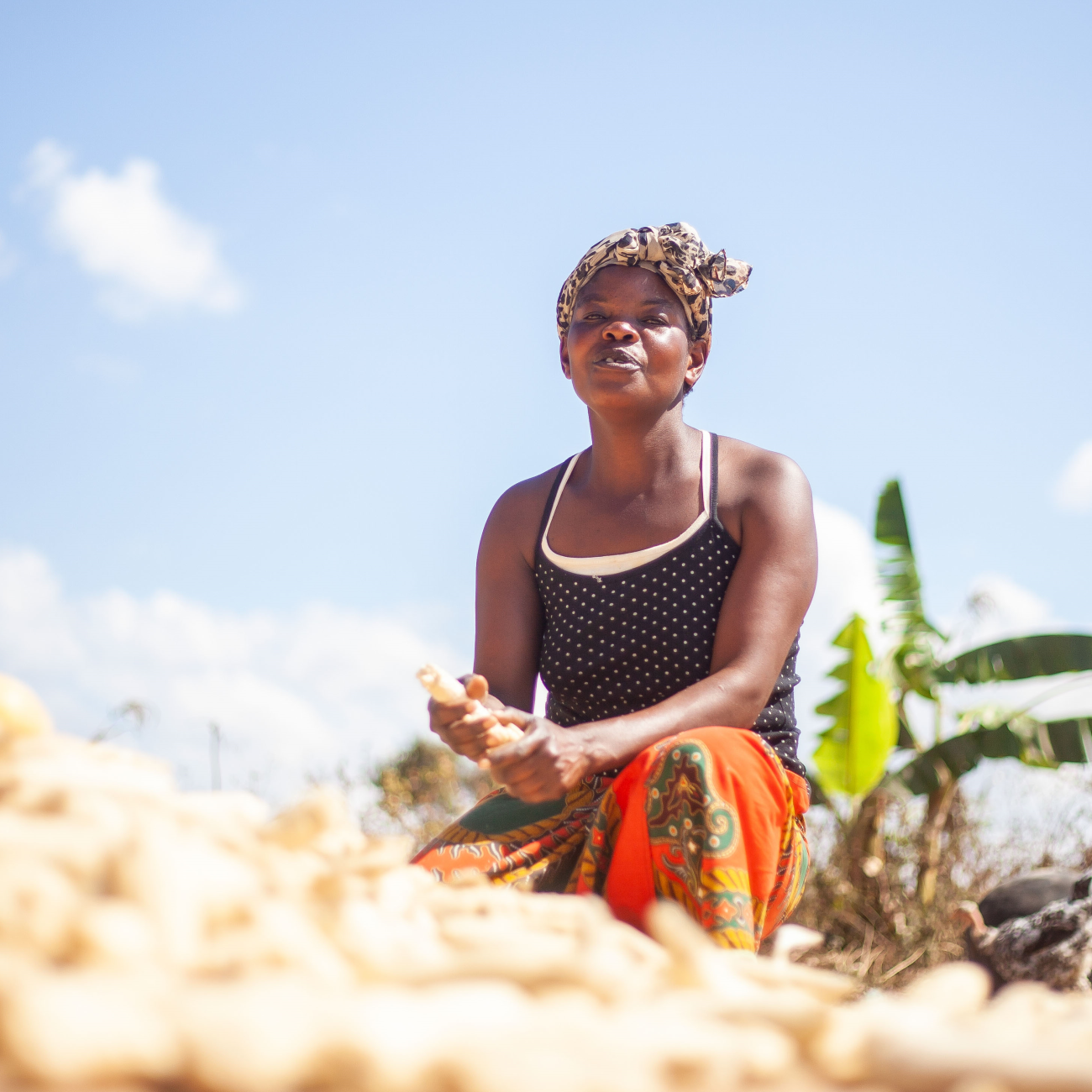From Food Loss To Food Gain

Smallholder farmers trained to tackle post-harvest loss
Beauty Manda, 36, is smallholder farmer living in Lundazi district, eastern Zambia. Married and with four children, she has seen it all with crop losses, losing most of her crop each year due to untimely harvesting, improper drying, shelling and transportation, as well as rotting and pest infestation due to poor storage – all being factors driving food loss and waste in Zambia.
“I used to either leave the crop for far too long in the field, or harvest it way too soon,” she says, adding that she had been experiencing crop losses ever since she started farming over a decade ago.
With crop losses of between 30 to 40 percent in Zambia, and up to 50 percent across Africa, access to adequate food in many smallholder farming households is an unforgiving challenge, and income losses an all-too-familiar tale. This is especially so as smallholder farmers hardly produce enough surplus, and any loss or waste impacts not only their food security but also their incomes.
Like many smallholder farmers, Beauty also had no access to modern crop storage facilities. Her common habit—also widely shared among other farming households—has been to dry the crops on bare floor and store them in poorly constructed open, wooden barns. The open barns expose the farmers’ harvests to contamination, pest infestations and moulds arising from excess moisture.
WFP response
Thanks to the World Food Programme (WFP), the government and other partners, Beauty and other smallholder farmers can now gaze at a hopeful horizon as the problem of crop losses gets addressed.
Beauty is one of the 200,000 smallholder farmers trained on post-harvest loss management, a venture implemented by WFP in partnership with the Government through the Ministry of Agriculture, other UN agencies and cooperating partners. Through this initiative, Beauty and other farmers were trained on when and how to harvest and store crops.
“The trainings in post-harvest loss [management] enabled us to understand that timely harvesting helps to retain the quality and maintain the nutrition value of the grain,” she says.
Beauty recalls that she used to harvest her grain when it was with high moisture content or over-dried, both having adverse effects on the quality of the crop for eating or selling.
Accessing low-cost storage technologies
Beauty was also introduced to low-cost hermetic storage bags, which are air-tight bags for storing grains safely. Once emptied of air, the inside of the bags is unsuitable for insects (like weevils and moths) and moulds to survive. The bags also prevent moisture from getting inside and help retain the quality of the harvest until consumption.
To promote the use of hermetic storage bags, in 2022, Beauty received two bags from WFP and bought eight more using the profits she made from her small business.
And now, she observes her grains are well protected from contamination and pests, as the bags keep both at bay.
“The PICS [hermetic storage] bags have two layers of plastic and a sack outside, which prevent pests including termites and mice to enter inside the bags and damage the grain,” Beauty explains.
She notes that since hermetic bags do not require the use of pesticides to keep pests away, this storage technique is not only good for the environment, but also helps smallholder farmers like herself to cut on the cost of the pesticides.
“Minimising and eliminating post-harvest losses is critical to ensuring smallholder farming households have enough food to last them the whole year and have quality surplus to sell at a good price,” says Stephen Omula, WFP’s Programme Policy Officer - Strategic Programme Innovations and Transformation, adding “WFP’s priority is to support the government to achieve its food and nutrition security targets by sustainably transforming food systems through initiatives that improve food production, postharvest management practices and access to improved storage solutions for farming families.”




